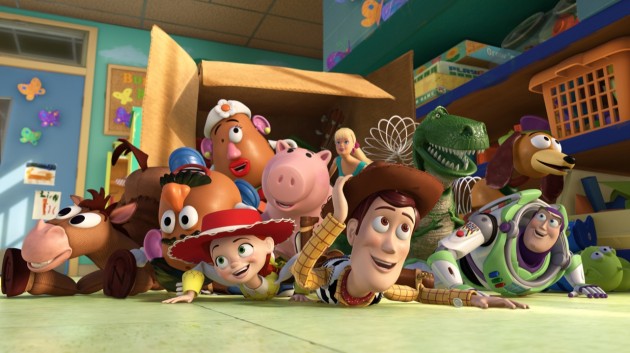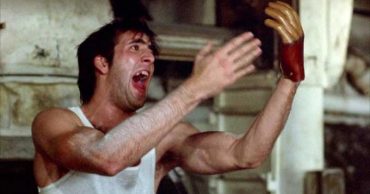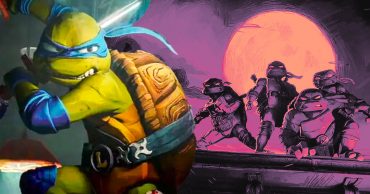
Jon Negroni is the author of “The Pixar Theory” in which he explains how every Pixar movie is connected! You can read the in depth version here and below you can read the abridged theory
John Negroni must have a LOT of time on his hands, and a good imagination. There are plot holes aplenty in his thinking if you go by the abridged version, and there will no doubt be some in the full version as well, but the point is that he managed to connect everything that Pixar has done thus far into one continuous theory that in some ways makes a lot of sense. Hold onto your head because it’s about to get a little crazy.
So the Pixar theory is pretty simple to sum up. Everything from Brave to Monsters is connected. How you ask? That’s a good question, and I would love for John Negroni to tell you but if you’re reading this article then it’s up to me to expound on it. So here we go.
First we have Brave, which is the first on the timeline since it dates back to the 14th or 15th century in Scotland. During this time people are introduced to the idea of animals being possessed of a human soul and therefore being able to understand humans on some level. But one plot hole that exists is that Merida’s mother and Mordu eventually lose all trace of humanity and become rampaging beasts that understand their more basic needs and desires but little else.
Then we move onto the Incredibles, which introduces the emergence of AI. Why this is seemingly based in the 1950’s to 1960’s makes little sense considering that AI was a concept that was still years in the making. But movie magic, right? Anyway, Syndrome develops AI, masters Zero Point Energy, and essentially starts the rise of the machines that takes years and years to occur. No instant Terminator plot here.
Then we move onto the Toy Story franchise, in which AI has finally made its evolution into children’s toys, which tend to vilify certain children and respond to the care and love that some kids have for their toys by clinging to them in a most human fashion. The biggest plot hole here though is that toys for some reason follow a very strict code that says they are not allowed to come to life in front of kids. Obviously this doesn’t count for extreme circumstances, as the Sid incident would indicate. But also, how would Buzz know to go quiet if he didn’t know he was a toy? Is the AI pre-programmed with a proximity alert of some type? What we figure out though is that toys are really dependent on humans, meaning that the human quotient is never fully taken out of the picture when it comes to AI.
Sidetracking for a moment we come to Finding Nemo, where the human involvement is still an active part but has become increasingly negative from the viewpoint of the fish that must watch humans invade and pollute their oceanic home. In short, humans are loved by their own creations but are despised by anything that they share the world with.
By the time Ratatouille comes along this point is well made as the rats begin to evolve and learn new ways to live that forces them into human society and allows them to learn how to coexist in a harmonious balance. It’s getting thin I know but stay with me.
From then on the human quotient starts to get less and less as by the time Up comes along the disharmony between humans and animals is almost complete. After Up the planet essentially becomes unlivable thanks to machines and humans, humans are sent away in WALL-E, Cars shows how the human aspect is still around even though humans aren’t, and A Bug’s Life and Monsters show the continued evolution of the world and how humans are a only a small, minute part of it thanks to the fact that they had something to do with the whole mess.
While you’re walking through plot holes give my best to Negroni. It’s a sound enough theory until you start looking around.

 Follow Us
Follow Us





